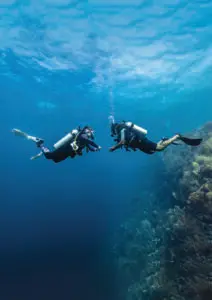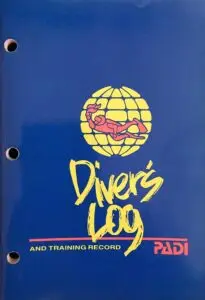Introduction
Beneath the surface of our planet’s vast oceans lies a world of wonder, teeming with vibrant marine life and breathtaking underwater landscapes. For decades, adventurers and nature enthusiasts have been exploring these depths through the art of scuba diving. But what exactly is scuba diving, and what does SCUBA stand for? In this comprehensive guide, we’ll plunge into the fascinating world of scuba diving, unraveling its mysteries and exploring its rich history, all while adhering to the standards set by PADI, the world’s leading scuba diving training organization.
What Does SCUBA Stand For?
At the heart of our underwater adventures lies a crucial question: What does SCUBA stand for? SCUBA is an acronym that stands for Self-Contained Underwater Breathing Apparatus. This term precisely describes the essential equipment that allows divers to breathe underwater for extended periods:
- Self-Contained: The breathing system is portable and carried by the diver.
- Underwater: Designed for use beneath the water’s surface.
- Breathing: Provides a breathable air supply.
- Apparatus: A set of equipment or tools designed for a particular use.
Understanding this acronym is the first step in grasping the fundamental concept of scuba diving. It’s not just a catchy term, but a descriptive name that encapsulates the core technology enabling humans to explore the underwater world.
History of Scuba Diving
The journey to modern scuba diving is a tale of human ingenuity and perseverance. While the concept of SCUBA wasn’t coined until the 20th century, the desire to explore underwater realms dates back to ancient times.
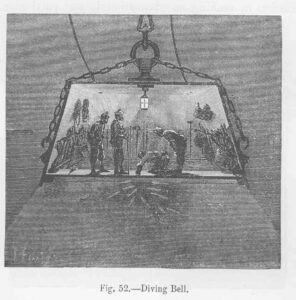 Ancient Beginnings:
Ancient Beginnings:
- 500 BCE: Greek soldiers used crude diving bells to breathe underwater during the Greco-Persian Wars.
- 4th century BCE: Aristotle described a diving bell used by Alexander the Great.
The Renaissance and Beyond:
- 1535: Guglielmo de Lorena created a diving bell that allowed divers to stay submerged for extended periods.
- 1650: Von Guericke invented the air pump, a crucial step towards creating underwater breathing apparatus.
The Birth of Modern Scuba:
- 1825: William James designed the first self-contained underwater breathing apparatus, though it was never fully developed.
- 1943: Jacques-Yves Cousteau and Émile Gagnan invented the Aqua-Lung, the first open-circuit scuba system.
- 1966: PADI (Professional Association of Diving Instructors) was founded, revolutionizing diver education and standardizing training methods.
Basic Principles of Scuba Diving
Scuba diving relies on several fundamental principles that every diver must understand. These principles, taught in PADI courses, form the foundation of safe and enjoyable diving.
Buoyancy:
Divers must learn to control their buoyancy underwater. This involves managing the air in their Buoyancy Compensator Device (BCD) and lungs to achieve neutral buoyancy, allowing them to hover effortlessly at any depth.
Pressure:
As divers descend, water pressure increases. This affects the body in various ways, most notably compressing air spaces in the body and equipment. Understanding pressure and its effects is crucial for safe diving.
Equalization:
To counteract the effects of increasing pressure, divers must equalize the air spaces in their bodies, particularly in the ears and sinuses. PADI teaches several equalization techniques to ensure comfort and prevent injury.
Gas Laws:
Scuba diving involves the practical application of several gas laws:
- Boyle’s Law: As pressure increases, the volume of a gas decreases, and vice versa.
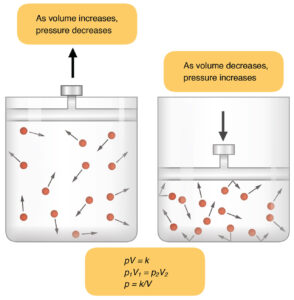
- Charles’s Law: The volume of a gas is directly proportional to its temperature.
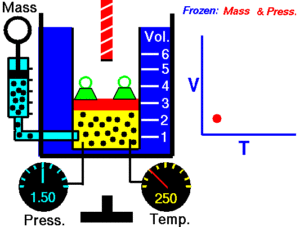
- Henry’s Law: The amount of dissolved gas in a liquid is proportional to the pressure above the liquid.
Understanding these laws helps divers manage their air supply, avoid decompression sickness, and dive safely at various depths.
Essential Scuba Diving Equipment
The acronym SCUBA refers to the breathing apparatus, but a complete set of scuba gear includes several essential components. PADI-certified divers are trained to use and maintain the following equipment:
- Mask: Allows the diver to see clearly underwater and creates an air space in front of the eyes for proper focusing.
- Fins: Provide efficient propulsion through the water.
- Wetsuit or Drysuit: Provides thermal insulation to keep the diver warm in cooler waters.
- Buoyancy Compensator Device (BCD): An inflatable jacket that allows divers to adjust their buoyancy.
- Regulator: Reduces the high-pressure air in the tank to ambient pressure, allowing the diver to breathe comfortably.
- Air Tank: Contains compressed air or other breathing gas mixtures.
- Dive Computer: Tracks depth, dive time, and calculates decompression status.
- Weight System: Helps the diver achieve neutral buoyancy by counteracting the buoyancy of the wetsuit and BCD.
This comprehensive set of equipment, centered around the self-contained underwater breathing apparatus, enables divers to safely explore the underwater world.


